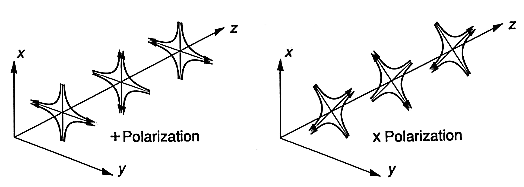Figure 2 shows two components of a gravitational wave versus time
-
A general-relativistic gravitational wave propagating in a z direction squeezes and stretches the separation of test particles in a plane perpendicular to the z axis.
-
The wave acts by a combination of its two polarizations:
-
+ ("plus") polarization pushes test particles together along the x direction and pushes them apart along the y direction when h+(t) is negative;
-
x ("cross") polarization pushes and pulls test particles,
-
as determined by the sign of hx (t) at 45 degree angle from the x and y axes.
|
